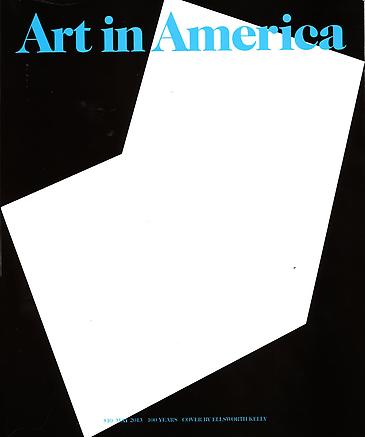
By Jennie Hirsh
http://www.artinamericamagazine.com/reviews/shelley-spector
In this exhibition, titled "But Not As Much As Tomorrow," Shelley Spector conveyed her anxiety about 21st-century human consumption and waste. The works on view—14 mixed-medium sculptures, two fabric wall pieces and two installations—re-create or repurpose an array of everyday items. By emphasizing meditative, labor-intensive processes and reclaiming strategies, the artist suggests that we should focus on preserving, rather than eliminating, our used materials. Equal parts sentimental and environmentally conscious, Spector, who has been showing her work for some 20 years, urges us to slow down and reconsider the ordinary landscape around us.
Her works often merge intimate memories with mass-produced goods, family heirlooms with street garbage. Boxing Time (2012), for instance, combines clock parts, scraps of metal and wood, and pieces of brocade from the artist's grandmother (who worked in Philadelphia's textile industry) to create a mantel-clock-type object that recalls the "femmage" esthetic of Miriam Schapiro and other 1970s feminist artists as well as "soft" sculptures by Claes Oldenburg. Hounds-tooth Winter (2012) features a fan-shaped cushion upholstered in a green-and-white woolen houndstooth and fastened to a long wooden pole, mimicking the form of old-fashioned bedwarmers and evoking images of hearth and home. Some of her objects, such as a spool of thread measuring nearly a foot tall and a miniature glass jar containing several "pencils" (which are actually painted metal nails), are disorienting in scale, seeming almost menacing.
For the installation Mariposa (2010-12), Spector unraveled a college blanket and wound the fibers around dozens of wooden spools of various girths and lengths, which were displayed upright on a shelf wrapping around the gallery's back room. With this two-year, labor-intensive project, Spector revisited and repackaged the years of memories embedded in the blanket's red, fuzzy fibers. She also played with gender associations, calling on a traditionally feminine domain—consisting of activities like sewing, weaving and wrapping—only to generate a motley crew of phallic objects.
Also on view was an installation of 28 pigment prints from an ongoing series begun in 1994, titled "Five and a Half by Forty." The prints all share the same vertical format (the dimensions announced in the series title in inches) and display their subjects—most often a single household item, such as a match, plastic comb or necktie—against a white ground. Spector has digitally manipulated some of the images to include her own text, adding her name, for instance, to a yellow pencil or changing the details on the spines of books, record covers and National Geographic issues. These humorous prints encapsulate the show's theme of giving new value to the commonplace. Indeed, two of them feature statements—"I am here for you" and "I am there for you"—rendered in the same green-and-black type used on U.S. dollars.
PHOTO: Shelley Spector: Mariposa (detail), 2010-12, wood and wool, dimensions variable; at Bridgette Mayer.
